Copyright 2007 by Barbara Curtis
All rights reserved
Printed in the United States of America
ISBN: 978-0-8054-4477-3
Published by B&H Publishing Group
Nashville, Tennessee
Dewey Decimal Classification: 372.4
Subject Heading: READING \ HOME SCHOOLING
Unless otherwise noted, Scripture quotations are from the Holy Bible, New International Version, copyright 1973, 1978, 1984 by International Bible Society. Other version includes KJV, The King James Version.
For every mommy
busy building our cultural heritage
one story at a time.
Acknowledgments
ONE OF THE GREATEST ACCOMPLISHMENTS OF my life has been teaching children to read, as well as teaching parents to teach their children to read.
I am so grateful to the Washington Montessori Institutewhere I received my trainingfor equipping me with a simple and effective approach to reading that worked so well for me as a teacher.
But what I never could have guessed back then was how beautifully it would work when I taught my own children to read at home. Half of my twelve are grown-ups now, but I treasure memories of them curled up with books, choosing wisely and eager to discuss what they were reading. I'm glad they love to read, but I'm doubly grateful to have been part of launching such an important and rewarding part of their lives.
I'm also grateful to B&H Publishing Group for this opportunity to share the things I learned as a teacher and applied as a momthus equipping even more parents with the tools they need to give their children a successful start in reading and to discover that same sense of accomplishment and joy.
A special thank-you to my editor, Zan Tyler, for promoting this project and trusting me to deliver. And thanks to my wonderful and supportive family for sharing Mommy for a little while.
Waterford, Virginia
September 2006
Introduction
THIS BOOK IS INTENDED AS A companion volume to follow Mommy, Teach Me! while the first book presents an easy-to-use preschool curriculum in all other areas, language is what you will find here in the pages of Mommy, Teach Me to Read! a parent-friendly approach to speech and reading development from birth to seven. You will also discover a preschool approach to history and singing, since these are language-intensive subjects.
Mommy, Teach Me to Read! is based on my second book Ready, Set, Read! first published in 1997. The content has been updated and expanded becausewell, frankly because I've been continuously updated and expanded! Expanded not only through ten more years of mothering, but through ten years of using the Internet as a communications tool. My blog www.MommyLife.net has for the past several years kept me in close contact with mothers of preschoolers, whose questions have stimulated and challenged me, adding to what I have to share through my books.
The Internet is a blessing for all of us who are looking for ways to help our children reach their potential and allowing God to help us reach our own. With a multitude of resources available, part of the help I want to offer you moms is to search out the best so your time will not be wasted with your computer instead of your kids. The minute my book titles were secure, I purchased the domain name www.MommyTeachMe.net. Anyone who reads either of the Mommy, Teach Me! books will also have access to a dynamic and jam-packed resource, offering links to teaching supplies and online support. A real bonus is the templates for materials such as sandpaper letters, phonetic flash cards, and other language exercises you will find described in these pages. For mothers who are more often than not Lone-Rangering it with young children, this will be an important support as you begin to make the most of your child's preschool years, the years when it is truly easiest to teach children to read.
Throughout the text, when you see the icon  , that is your signal that there are more resources, information, or support at the Web site. Keep in mind that the information flow there is two-way, so if you come across resources you think should be included, I'm only an e-mail away.
, that is your signal that there are more resources, information, or support at the Web site. Keep in mind that the information flow there is two-way, so if you come across resources you think should be included, I'm only an e-mail away.
Please know that I am not the kind of expert who thinks my way is God's way. I simply share what I was taught and what worked for me. If you don't have the time or energy to make use of every single idea presented in this book, that is not cause for discouragement. Just do what works for you, feeling free to modify and combine with bits and pieces you pick up elsewhere.
One other small but important note for readers: I'm asking my readers to please understand my use of the word he in the very old-fashioned way it was intendedas a pronoun covering all individuals without regard to gender. It is not a slight on women or daughtersafter all, I am one and have four of my own. I just want to focus on the task at hand and not be stumbling over words.
Now, let's begin!
Readingthe Great Adventure
YOU CAN DO IT! YOU CAN teach your children to read. You can open the gateway to a rich, rewarding adventure that will beckon them on for the rest of their lives. You can set their feet on the path to a lifelong love of reading.
Through teaching your children yourself, in an informal and loving way, you can control the momentum, drawing each child closer to reading at a pace tailored to his own individual needs. You can anticipate your children's trouble spots and give them extra encouragement when they need it, thus diverting feelings of inadequacy or failure, which make for unmotivated readers later on.
Your investment will build in each of your children eagerness and self-confidencemaking every realm of knowledge as available as an open book. In addition, your involvement in their first efforts will nurture a love of words and ideas that will boost your children's potential for successno matter where their future finds them.
Teaching your child to read may sound like a tall order for an ordinary parent. It isn't. Since the first hieroglyphics, most children who learned to read learned to read at home, taught by their parents. This resulted in some charming and intimate teaching methods, as when Hebrew parents baked cakes in the form of letters of the Hebrew alphabet, requiring their children to name the letters before they ate the cakes. Parents wrote words with honey for the child to read and lick from a slate, that the words of the law might be sweet on his lips.
Reading was not a compartmentalized task that one had to leave the home to learn, but part of the family bondparents and older siblings passing on the keys that would unlock the secrets of the books the children had been hearing read aloud for as long as they could remember. Reading was part of a natural flow in the development of the child.
In the United States, two factors brought about a change:
- the advent of public education, originally intended to extend literacy to every child, and
- our modern emphasis on specialization and the resulting public perception that learning occurs only in a certain building between specific hours by designated teachers.
Both these factors have eroded parents' confidence in their ability to teach their children anythingparticularly reading skills. For decades we have left the most important part of our children's education to the professionals, giving them credit for being better equipped to teach reading than we are.

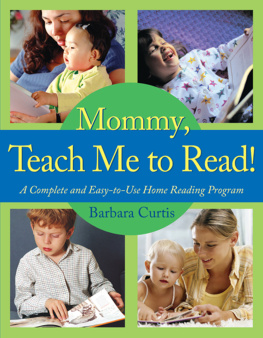
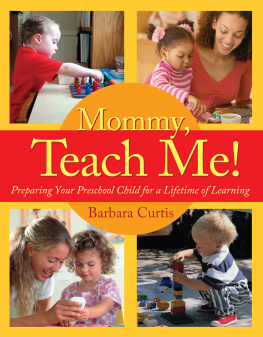
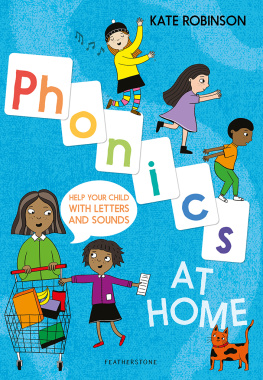

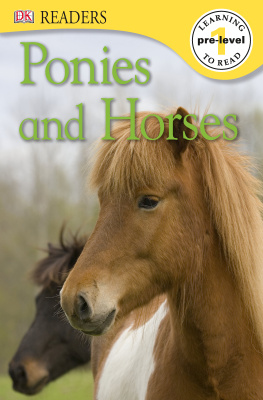
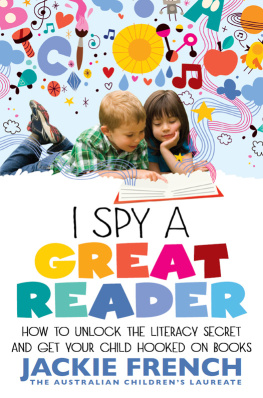
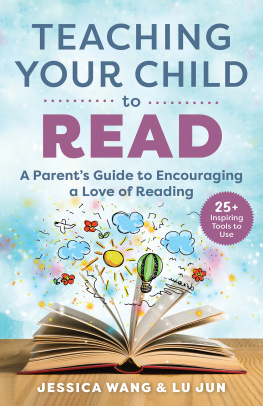
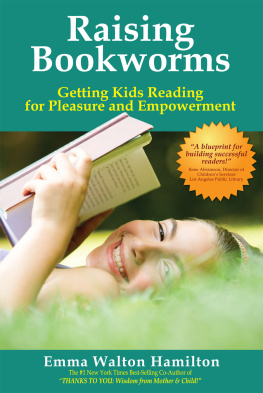

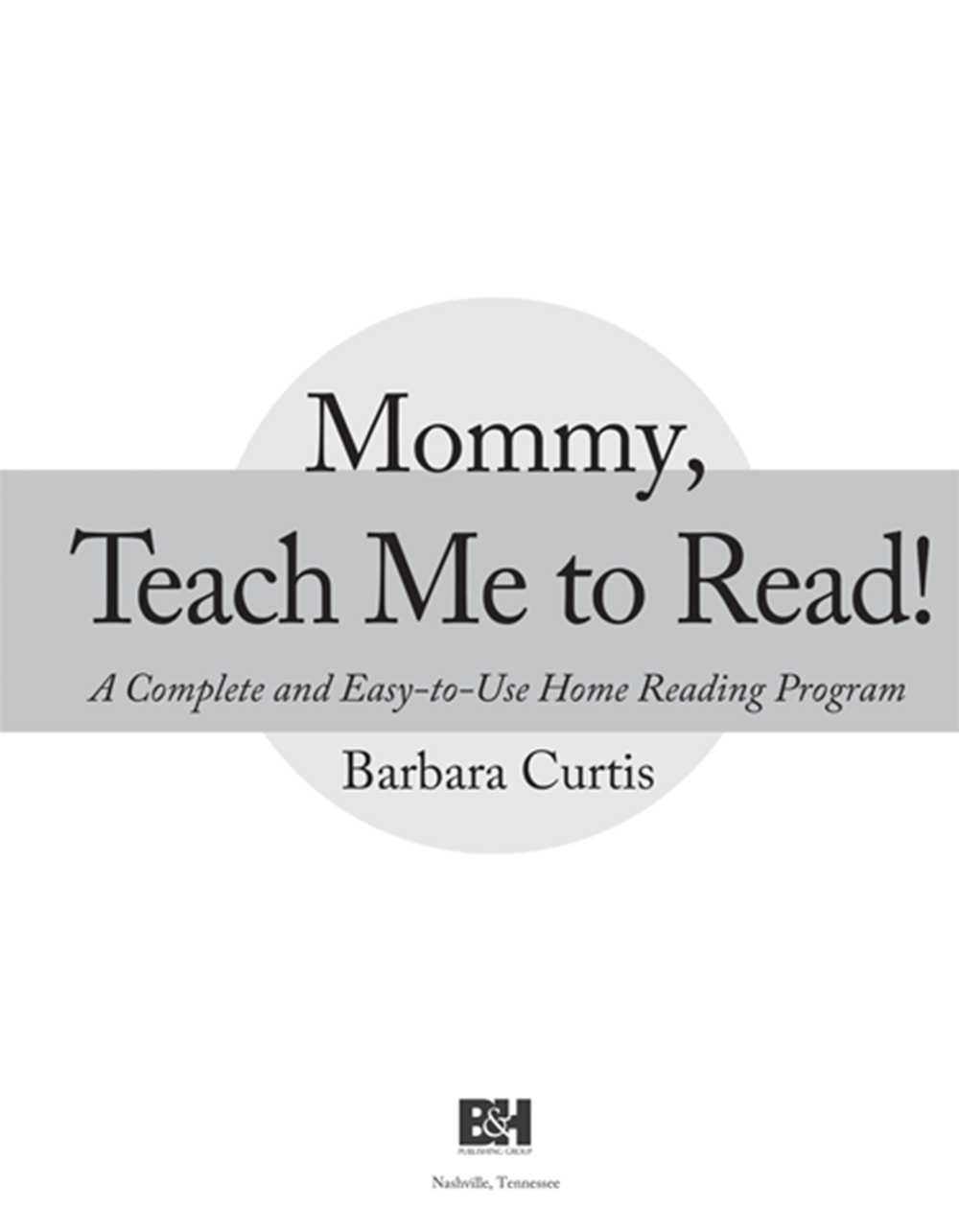

 , that is your signal that there are more resources, information, or support at the Web site. Keep in mind that the information flow there is two-way, so if you come across resources you think should be included, I'm only an e-mail away.
, that is your signal that there are more resources, information, or support at the Web site. Keep in mind that the information flow there is two-way, so if you come across resources you think should be included, I'm only an e-mail away.